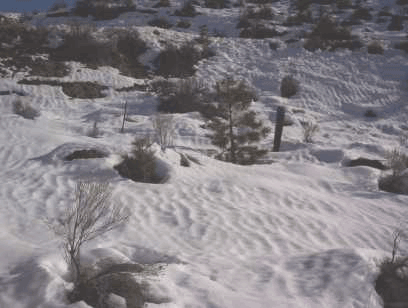 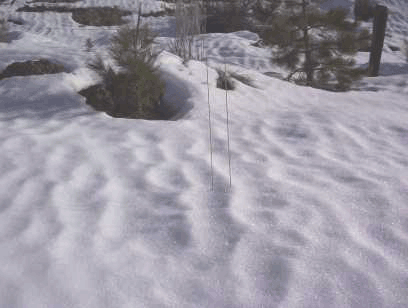 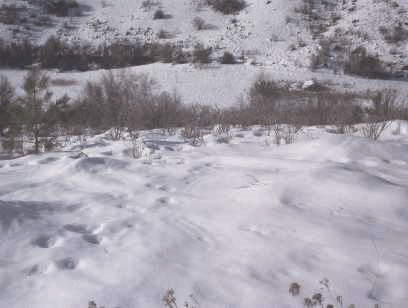 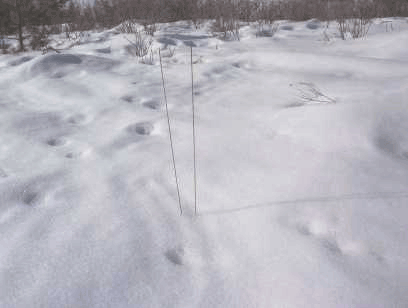 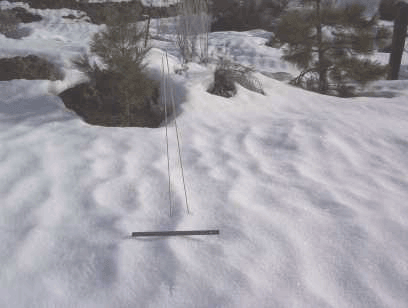 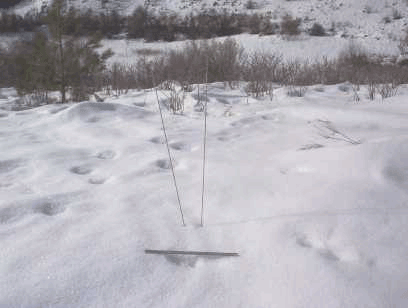 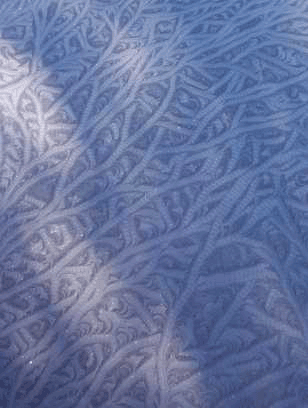 |
Energy Flow: Spatial and Temporal Patterns Peter A. Martin* Department of Geography Oregon State University INTRODUCTION "The flow of energy through a system tends to organize that system" (Fuller, 1). This organization reveals itself by the appearance and propagation of spatial and temporal patterns on the system surface. For example, stream flow may separate and distribute alluvium according to its density. Wind blowing over featureless water may engender a rich field of periodicity in waves and aligned streaks of foam. A more prosaic example of "organization" arises in the generation of washboard on an unpaved road with the passage of traffic. The tendency toward organization or pattern seems to be "in the cards" (see, eg. 2), and operates across a great range of scales (see, eg., 3), which may account for the fractal, or scale-wise self-similar, character of nature. We suggest that, by adopting the expectation that organization should accompany the flow of energy, one might anticipate the discovery of patterns; moreover, one might conversely take patterns to be the evidence of the flow of energy, and look for other accompanying patterns. DISCUSSION OF OBSERVATION AND EXPERIMENT The case-in-point flow of energy here is the waxing insolation as we move from winter solstice toward summer solstice. The observed pattern was that of waves in the surface of melting snow. The wave crests tended to be aligned roughly east-west, amplitude of the order 1cm, wavelength of the order 10cm. The conjecture was that these waves might be driven by the sun, and that they might be propagating northward because of their self-effect: intensified melting on their south faces, and protection of their north faces by their own aspect. (This propagation would be an accompanying pattern not immediately apparent to the senses because of the temporal scale.) To gauge possible wave propagation, two 1/8" wood dowels were stuck through each of two waves and into the earth below, one at a crest and one at an adjacent trough. (See Figures 1-4.) The relative positions of the waves and dowels were observed 24 hours later. (See Figures 5-6.) Advancement of the snow waves was apparent in both cases. The propagation was more apparent with reference to the crests than with reference to the troughs, but amounted to approximately 3cm in both cases. The snow depth at the time the dowels were placed (9:15 local time) was approximately 23cm, and the snow depth at the second observation, 24 hours later, was approximately 20cm. It was apparent that the presence of the dowels induced increased melting (so that the dowels did not remain perfectly upright). The effect of the dowels on the snow waves was small. CONCLUSION This rather whimsical research experiment arose because of the flow of information (which is akin to energy) through a system predisposed by its nature to exhibit organization. That is, the system (the mind of the observer) was predisposed by its nature to exhibit organization, given the flow of information. More to the point of geography: we might expect that, wherever there is spatial pattern, there might be temporal propagation. Stationary waves are usually associated with resonance, a phenomenon that is characteristic of a bounded system. Further examples of temporal patterns that might be suggested by their accompanying spatial patterns include the advancement of stream meanders, and the spreading of the sea floor. Readers are invited to speculate on the temporal aspect
of the frost pattern shown in Figure 7 (send your comments to co-author
Martin, martinp@geo.orst.edu).
The pattern in Figure 7 appeared overnight on the glass face of a closed
box approximately 100cm wide by 150cm high and inclined approximately 30
degrees from the horizontal. It was a calm night; one educated guess is
that the energy flowing through this system is the heat of fusion of the
growing pattern itself, generating exquisitely scaled air currents!
REFERENCES 1. Fuller, R. Buckminster. 1979. Synergetics 2: Explorations in the Geometry of Thinking. New York: Macmillan. 2. Kauffman, Stuart. 1995. At Home in the Universe: The Search for Laws of Self-organization and Complexity. New York: Oxford Univ. Press. 3. Stevens, Peter S. 1974. Patterns in Nature. New York: Dutton.
Mr. Martin is working on his Master's Thesis in Geography. |